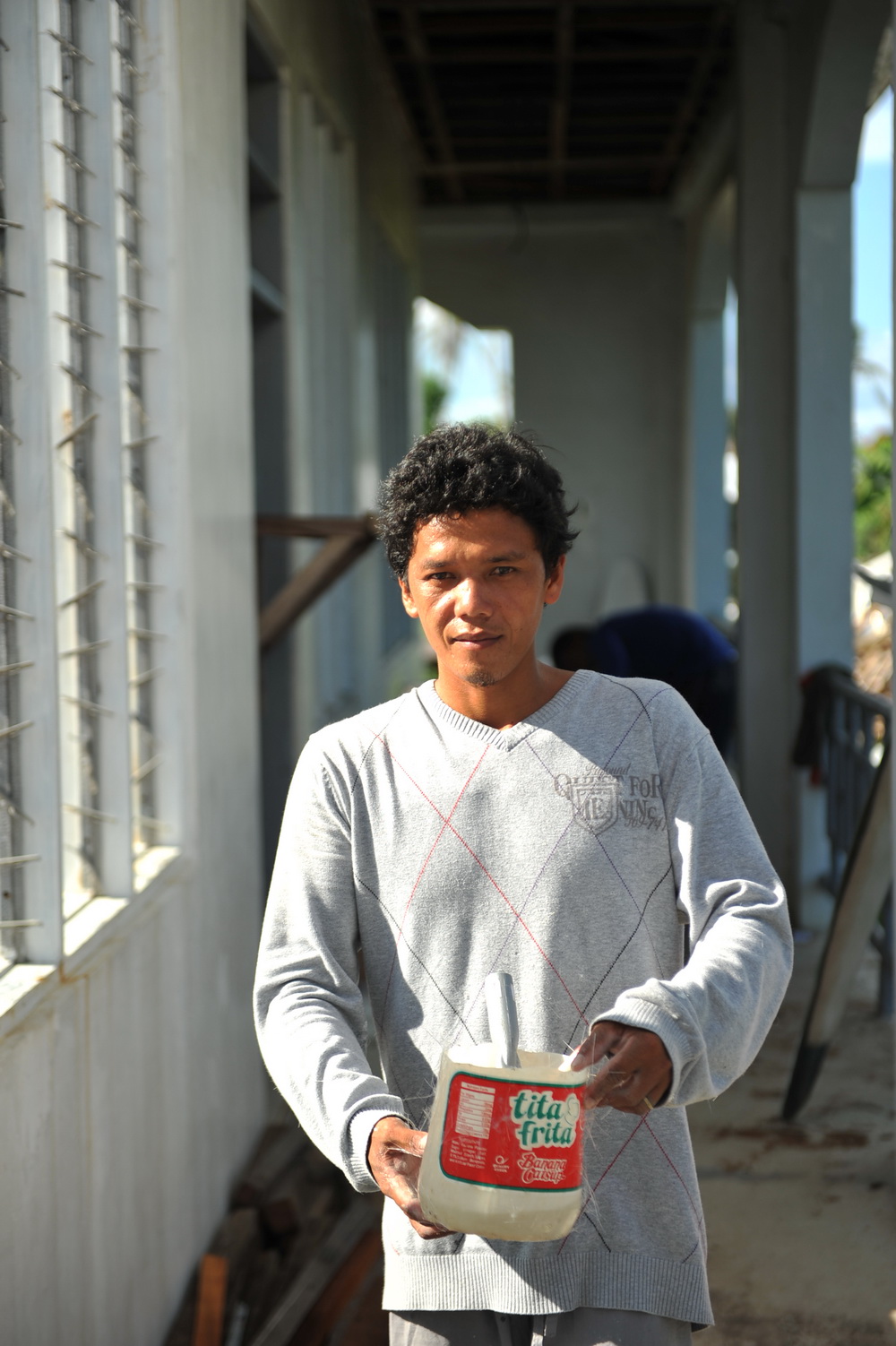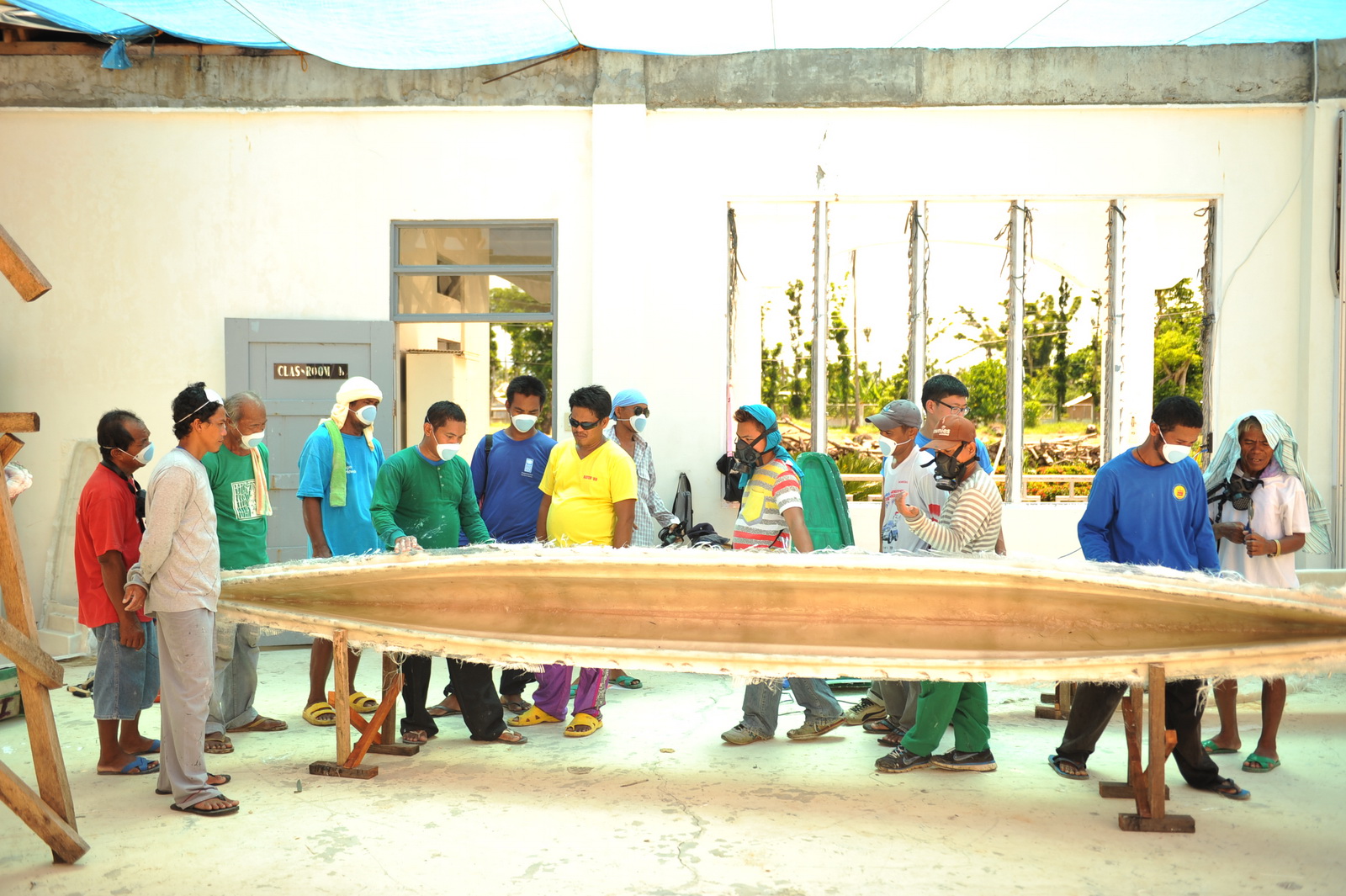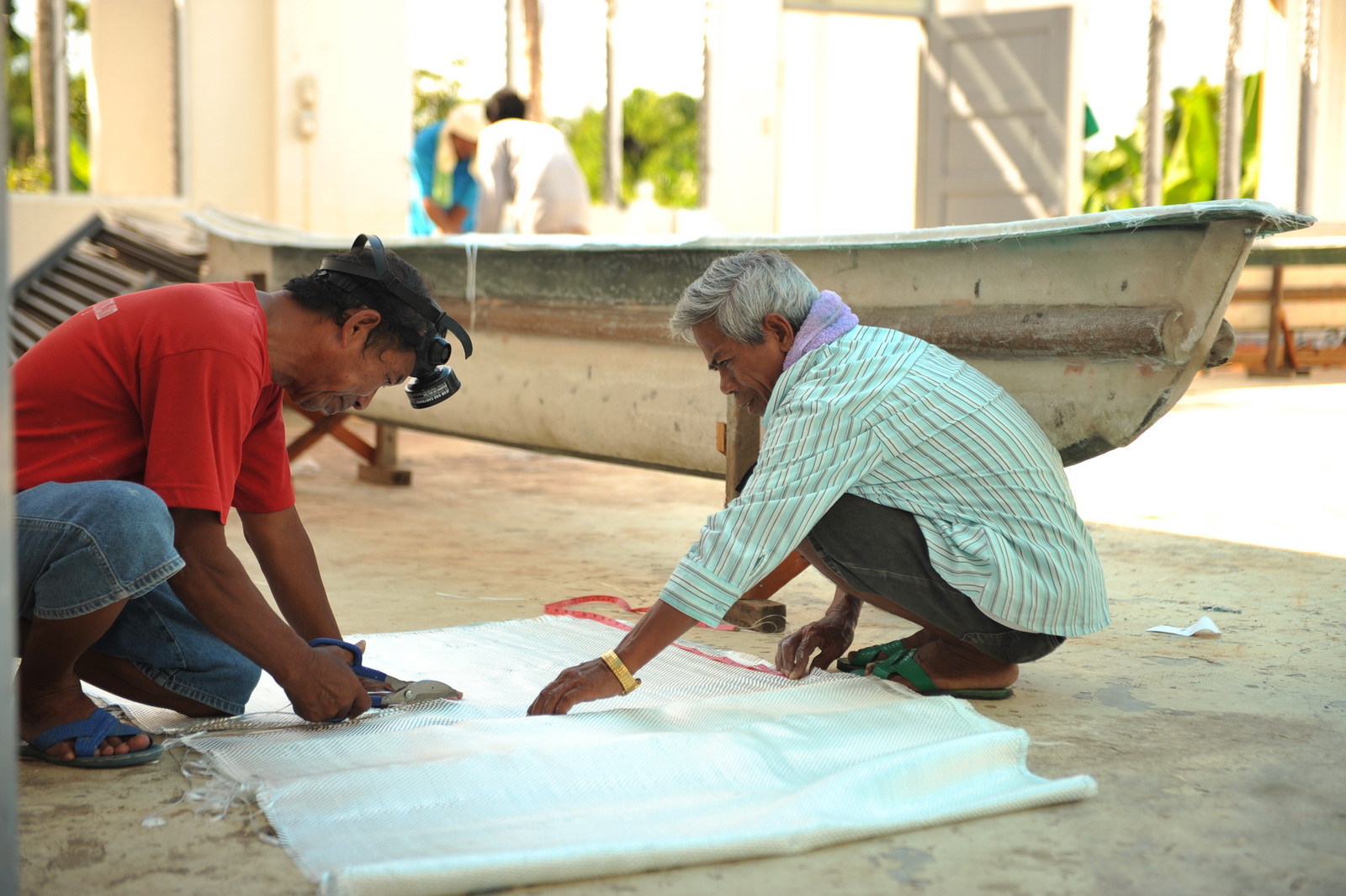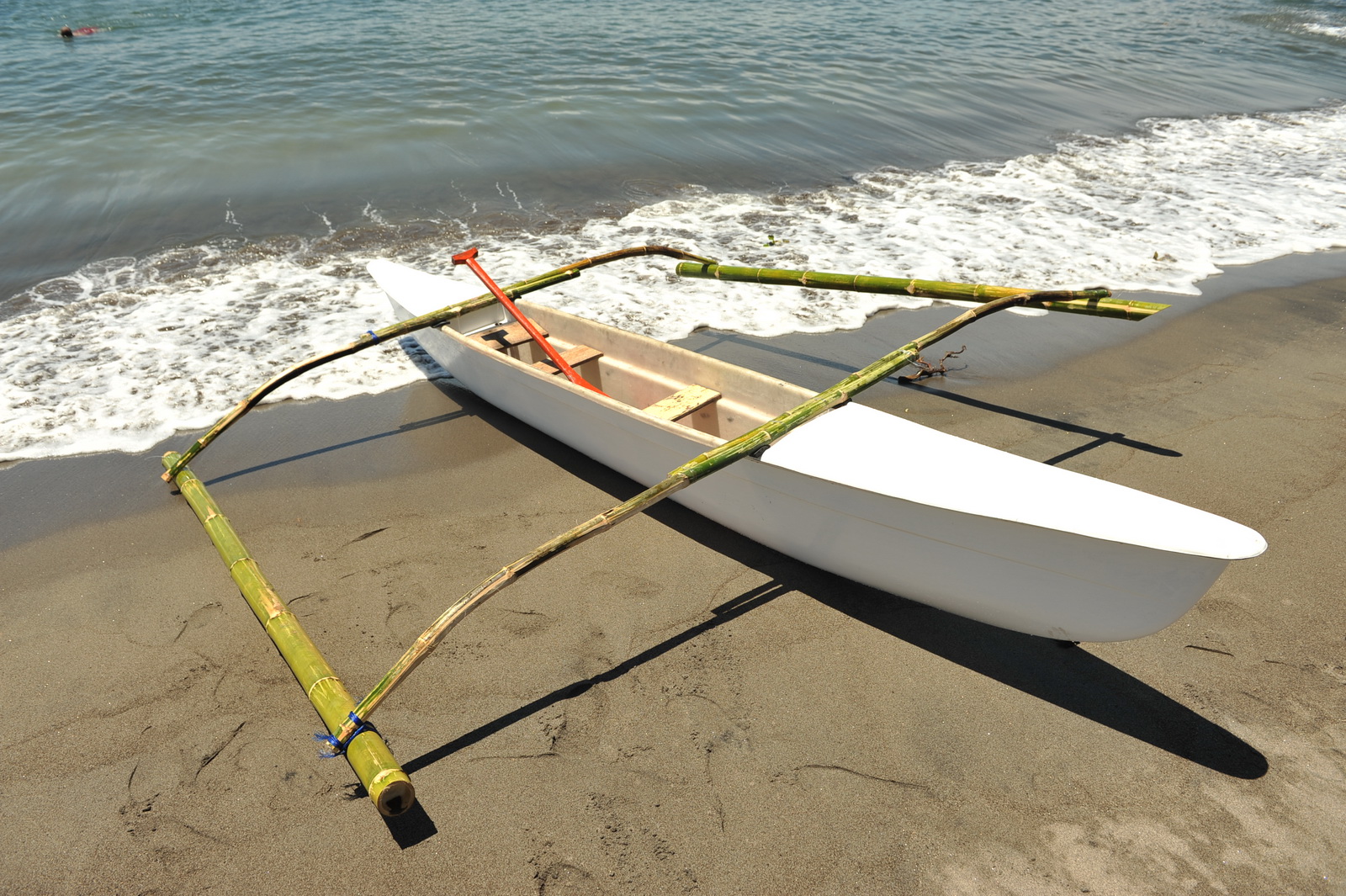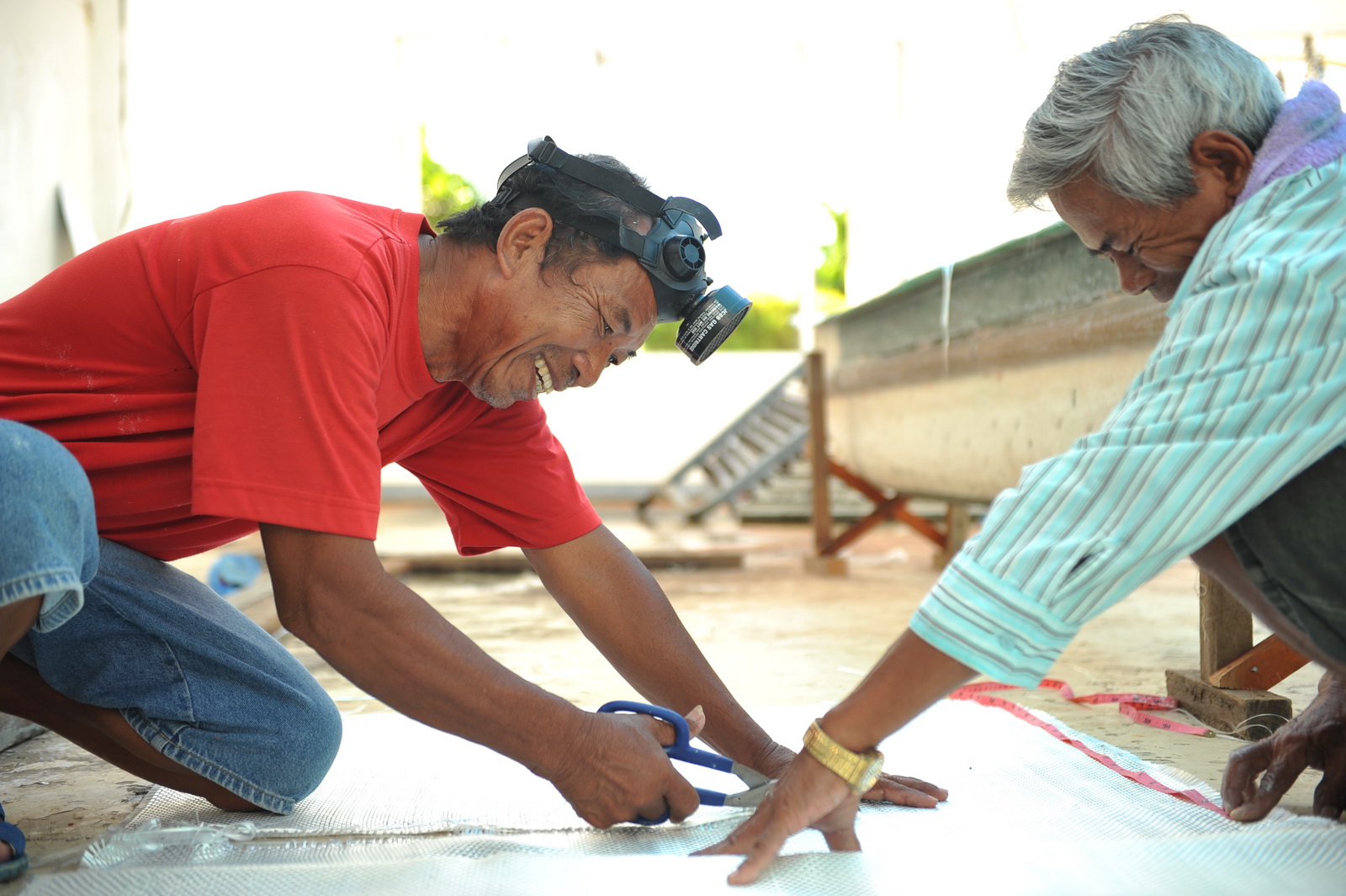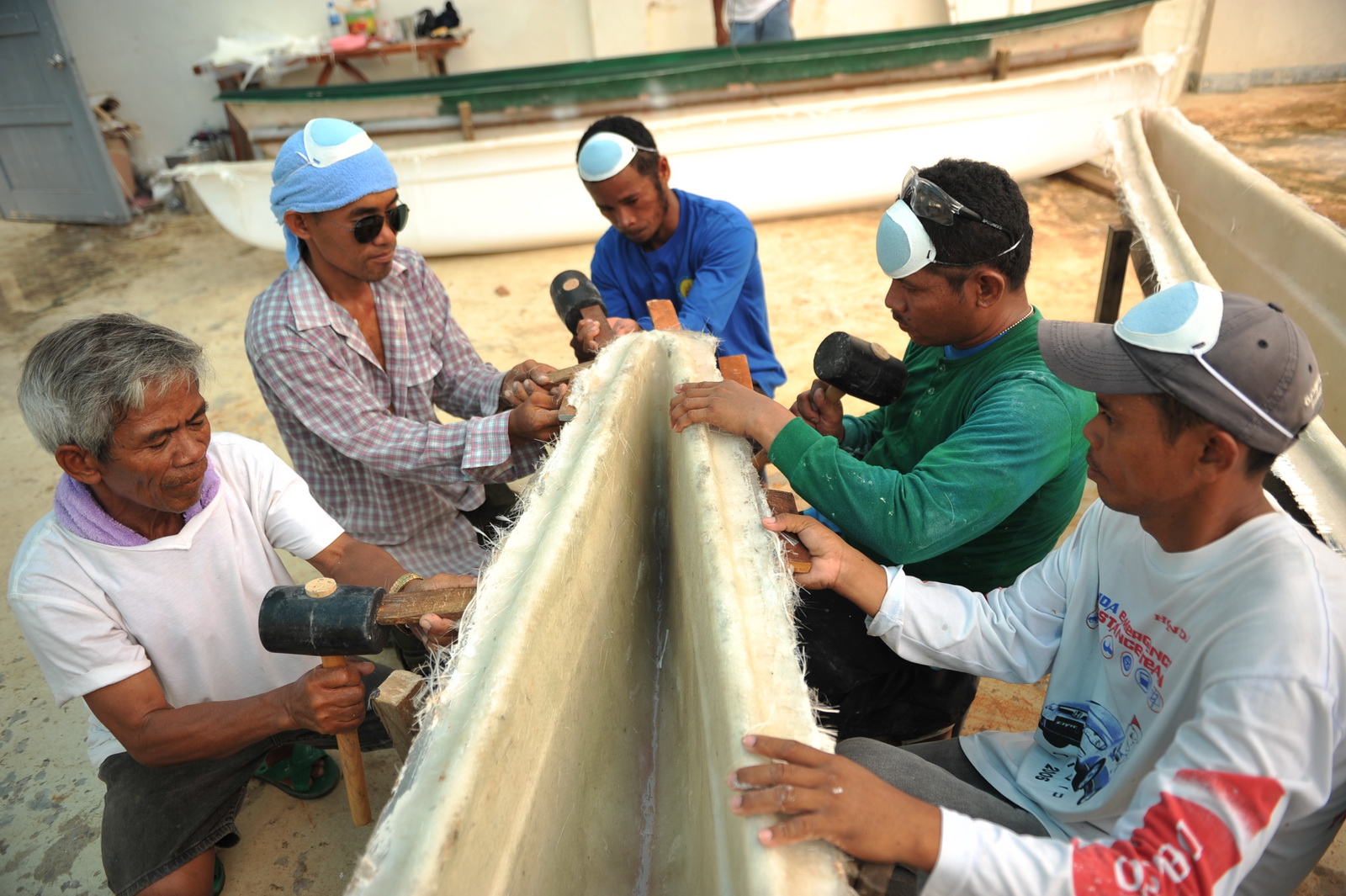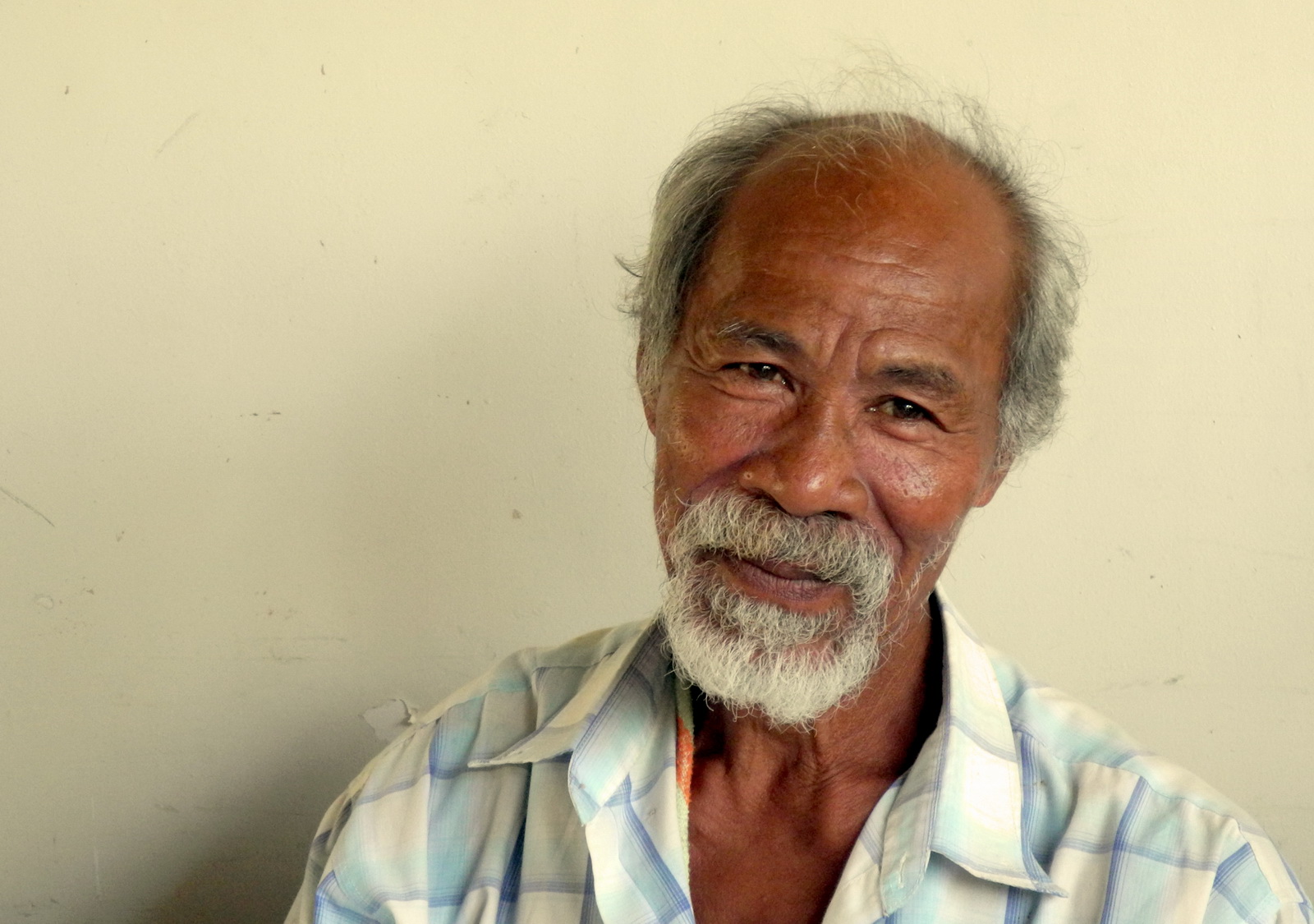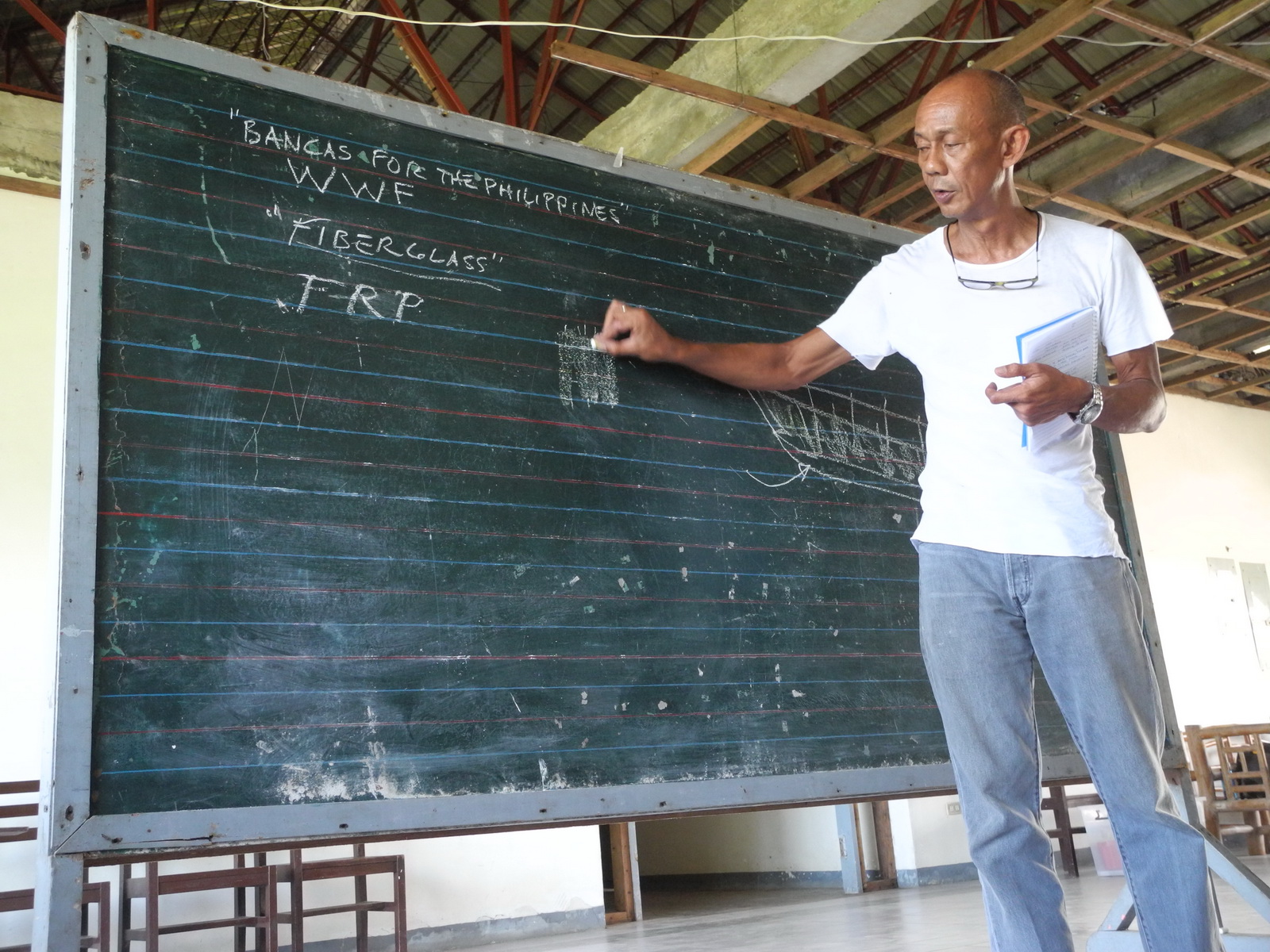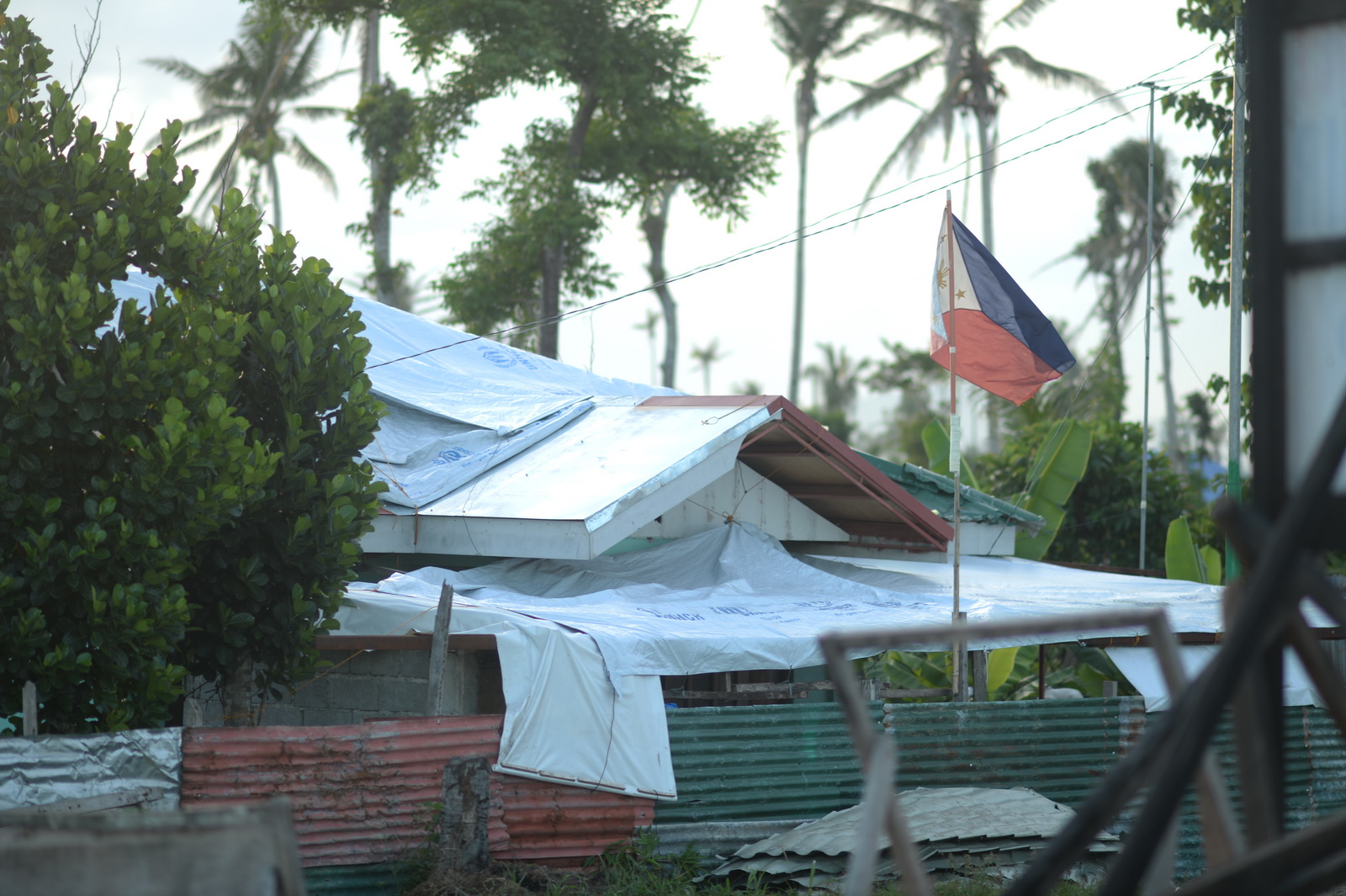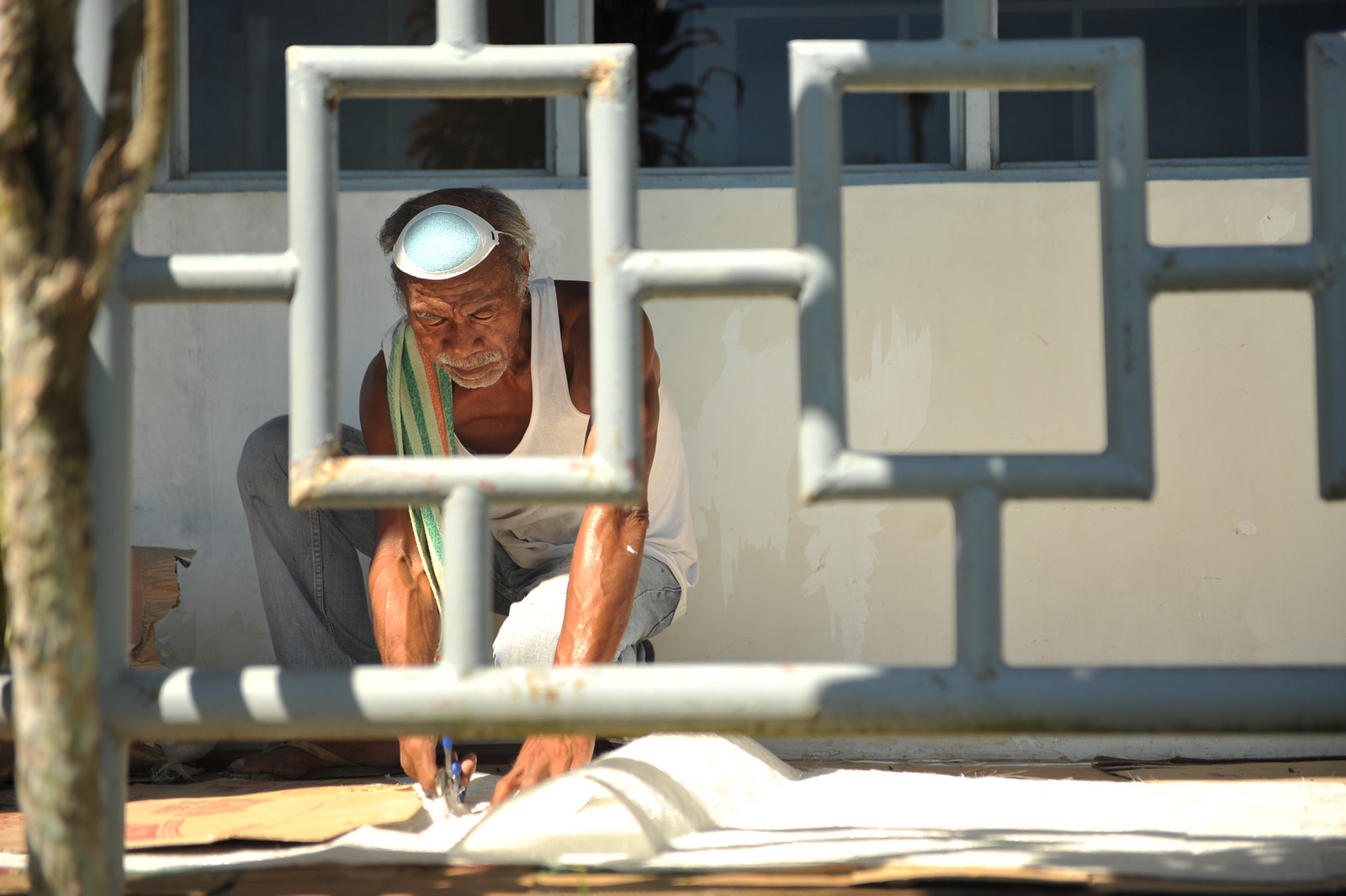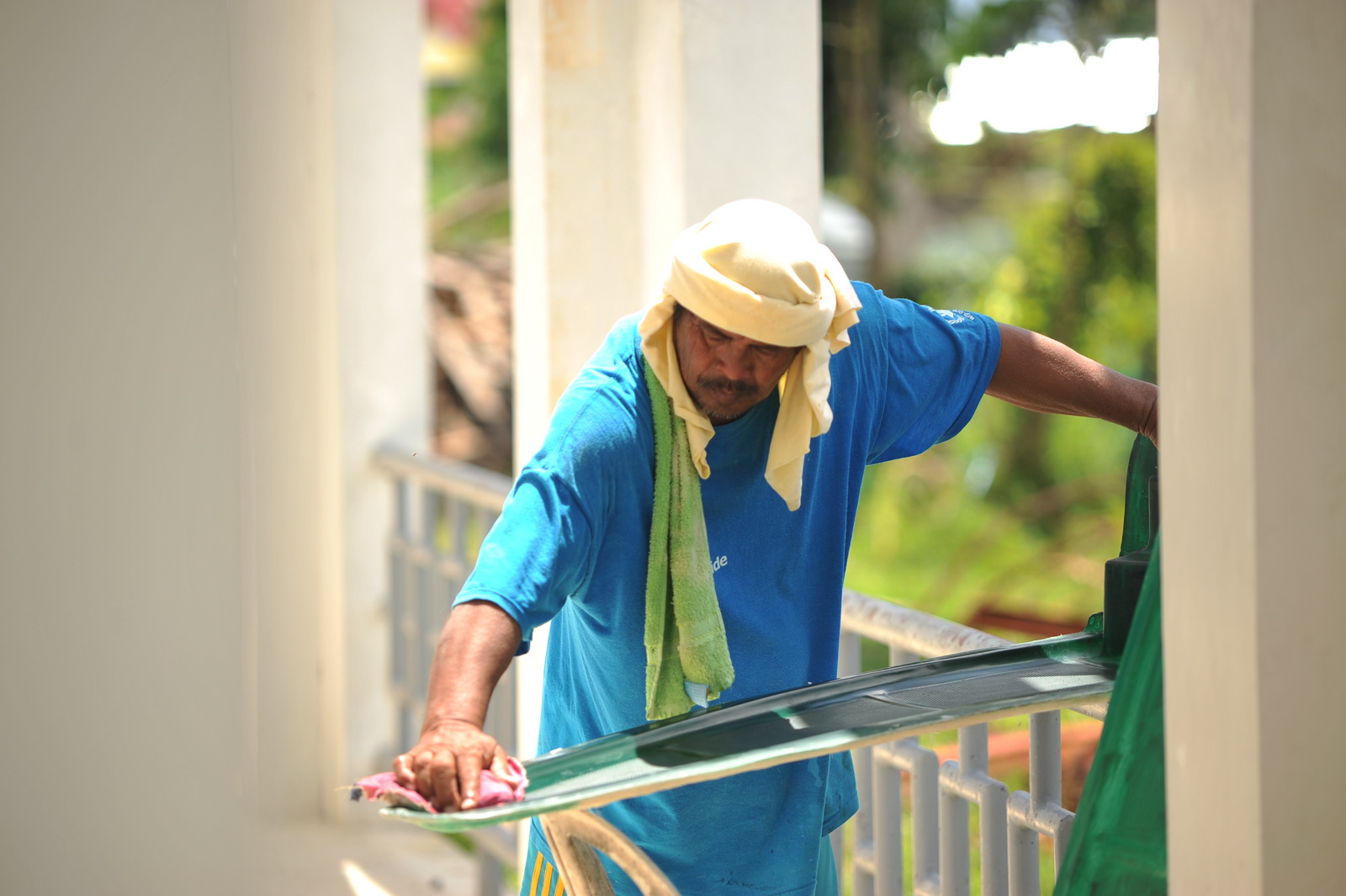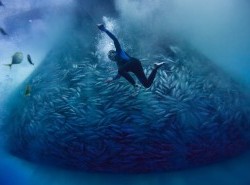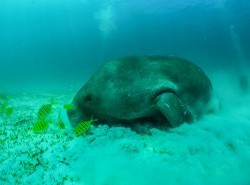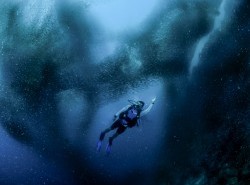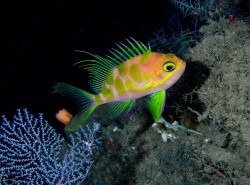When Typhoon Haiyan tore through the Philippines, it not only destroyed lives but people’s means of livelihoods too including 30,000 traditional fishing boats that fishing communities relied on for survival. Something had to be done, fast…
Boats connect islands, spread culture, and allow people to harvest the sea’s bounty. A boat for a Filipino fisherman, is what a carabao water buffalo is for a farmer – a beast of burden, a source of income, a ride home. So it has been for thousands of years. As the world’s second largest archipelago with 36,289 kilometers of coastline, the Philippines is home to sons and daughters of the sea whose lives are inextricably linked to the water.
Among the indigenous watercraft used to ply these seas, no boat is as familiar and well-loved as the Philippine banca, a durable double-outrigger canoe. “It is a perfect design, honed through thousands of years of trial and error,” says naval architect and indigenous watercraft expert Ramon Binamira, Jr.
Fisheries provide livelihood to about one million Filipinos, or about 5% of the country’s labor force. Fish consumption in the Philippines is also high at 28.5 kilograms per capita yearly. Fish comprise about half of Filipinos’ protein diet.
Unfortunately, Typhoon Haiyan (locally known as Yolanda), which ripped through the Central Philippines on 8 November 2013, destroyed some 30,000 bancas – depriving 146,700 small-scale fisherfolk of their main source of food and livelihood. With more than 40% of our small-scale fishers living below the poverty line, it is imperative that long-term, climate-smart solutions be introduced to boost their adaptive capacity.
To veer away from band-aid solutions and dole-outs, the program teaches fishermen who lost their boats how to build their own fibreglass bancas and replicate boat moulds for future use, for succeeding generations. Since its launch in February 2014, Bancas for the Philippines has completed the training of local fishermen and boat builders from at least eight population nodes in Leyte and Northern Palawan for the production of 600 fibreglass boats.
The fishermen and boat-builders, who received training for a week, can then transfer their knowledge and skills to fellow mariners in their coastal communities. Key resources like boat moulds, tools, and training modules are provided to sustain the building of fibreglass bancas for the long term. “Bancas for the Philippines went beyond physical re-engineering. In a sense, it involved re-booting social software. This project is about building skills, creating opportunities, and crafting new platforms for resilience,” says WWF-Philippines Vice-chair and CEO Jose Ma. Lorenzo Tan.
Among the indigenous watercraft used to ply these seas, no boat is as familiar and well-loved as the Philippine banca, a durable double-outrigger canoe. “It is a perfect design, honed through thousands of years of trial and error,” says naval architect and indigenous watercraft expert Ramon Binamira, Jr.
Fisheries provide livelihood to about one million Filipinos, or about 5% of the country’s labor force. Fish consumption in the Philippines is also high at 28.5 kilograms per capita yearly. Fish comprise about half of Filipinos’ protein diet.
Unfortunately, Typhoon Haiyan (locally known as Yolanda), which ripped through the Central Philippines on 8 November 2013, destroyed some 30,000 bancas – depriving 146,700 small-scale fisherfolk of their main source of food and livelihood. With more than 40% of our small-scale fishers living below the poverty line, it is imperative that long-term, climate-smart solutions be introduced to boost their adaptive capacity.
Shaping New Platforms for Resilience
We face a climate-defined future, where extreme weather events packing Haiyan’s strength and fury will be the new normal. More storms will come. More boats will be damaged. In the storm’s aftermath in November last year, the World Wide Fund for Nature (WWF-Philippines) created the blueprint for Bancas for the Philippines to restore food security among local fisherfolk and establish resilience in coastal communities that are vulnerable to climate change impacts.To veer away from band-aid solutions and dole-outs, the program teaches fishermen who lost their boats how to build their own fibreglass bancas and replicate boat moulds for future use, for succeeding generations. Since its launch in February 2014, Bancas for the Philippines has completed the training of local fishermen and boat builders from at least eight population nodes in Leyte and Northern Palawan for the production of 600 fibreglass boats.
The fishermen and boat-builders, who received training for a week, can then transfer their knowledge and skills to fellow mariners in their coastal communities. Key resources like boat moulds, tools, and training modules are provided to sustain the building of fibreglass bancas for the long term. “Bancas for the Philippines went beyond physical re-engineering. In a sense, it involved re-booting social software. This project is about building skills, creating opportunities, and crafting new platforms for resilience,” says WWF-Philippines Vice-chair and CEO Jose Ma. Lorenzo Tan.
Boat of the Future
Days before Haiyan barreled through Samar to Northern Palawan, Binamira knew that small-scale fishermen will be among the sectors that will be hit the hardest. “Just looking at the swath, I immediately knew that thousands of small boats would be destroyed.” Binamira’s extensive body of work in naval architecture includes two decades of boat-making in Bohol.“Fibreglass boats are faster, cheaper, and easier to make,” explains Binamira, who designed the Bancas for the Philippines standard boat model, which is 15 feet long and 14 inches wide, weighing approximately 30 kilograms. Easily lifted by one to two fishers, the fibreglass banca can swiftly be hauled inland for safekeeping whenever a super-typhoon approaches a coastal community.
While aware of the challenges of helping fishermen get back on their feet, Binamira and WWF-Philippines also saw Haiyan’s destruction as an opportunity to introduce a climate-smart alternative to build bancas for artisanal fisherfolk. “Fibreglass is now widely available, relatively cheap, and easy to build boats from,” Binamira adds.
Fibreglass has been used as a boatbuilding material in North America since the late 1940s. In the Philippines, fibreglass has been available for over 50 years. Because they are watertight, fibreglass boats prevent leaks and reduce maintenance. Unlike their wooden counterparts, fibre-reinforced plastic (FRP) hulls are one continuous piece, preventing water from seeping in.
When laid up in the sun, fibreglass boats do not shrink. In contrast, wooden hulls shrink or swell when brought out of the water and laid up. Because fibreglass is non-organic, the boats become rot-proof and resistant to shipworms and other marine borers. Provided that they are cared for properly, fibreglass boats last longer than wooden bancas. Binamira estimates that the boat’s fibreglass hull is at least thrice more puncture-resistant than one with an eight to ten millimeter wooden frame.
Benjamin Pedrero is a Taclobanon who lost his home, his boat, plus about 30 relatives to Haiyan – an almost inconceivable loss. “My wooden boats last for only two to three years,” he told me. Now that I am building my own fibreglass boat, I am more than thankful because this can probably last me 20 years – even a lifetime.” He adds that building a traditional wooden boat takes 10 to 20 days on average, while a fibreglass boat only takes about one to two days.
Amador Linde is among the Leyte-based fishermen who joined Pedrero at an onsite training session on fibreglass boat-making last May. He explains that a sturdier banca made of fibreglass allows him to weather tougher storms. “After the storm, I immediately looked for scrap plywood to make my own boat and get back in the water. But I know that this is only a temporary solution. I will need a stronger banca so I can be assured that I can feed my family every day.”
The boats of the future, fibreglass bancas allow for simpler and more efficient construction through open-access technology. One mold can be used to make at least 20 banca hulls. The trainees will also learn how to make new moulds in order to sustain fibreglass boat making in their communities.
For these reasons, Bancas for the Philippines offers a platform to make climate-smart technology – mass-based. In turn, more fishermen boost their resilience, self-reliance, and self-sufficiency.
Safeguarding our Natural Resources
More importantly, fibreglass boats also help protect our fragile forest and marine ecosystems. The Philippines loses about 157,000 hectares of forest cover each year. To rebuild the 30,000 boats lost to Haiyan from wood threatens to upscale deforestation. A fibreglass banca will curb the country’s dependence on wood as a major boatbuilding component.With Philippine seas already overexploited by commercial fishing, the initiative also helps reduce pressure on our dwindling fishing stocks by promoting artisanal and small-scale fishing. “Our goal is to meld the old with the new – modernizing the way we build a boat whose design was already refined by generations of fishers,” concludes Binamira. “Bancas for the Philippines empowers our coastal communities to weather the storms of the future.”
